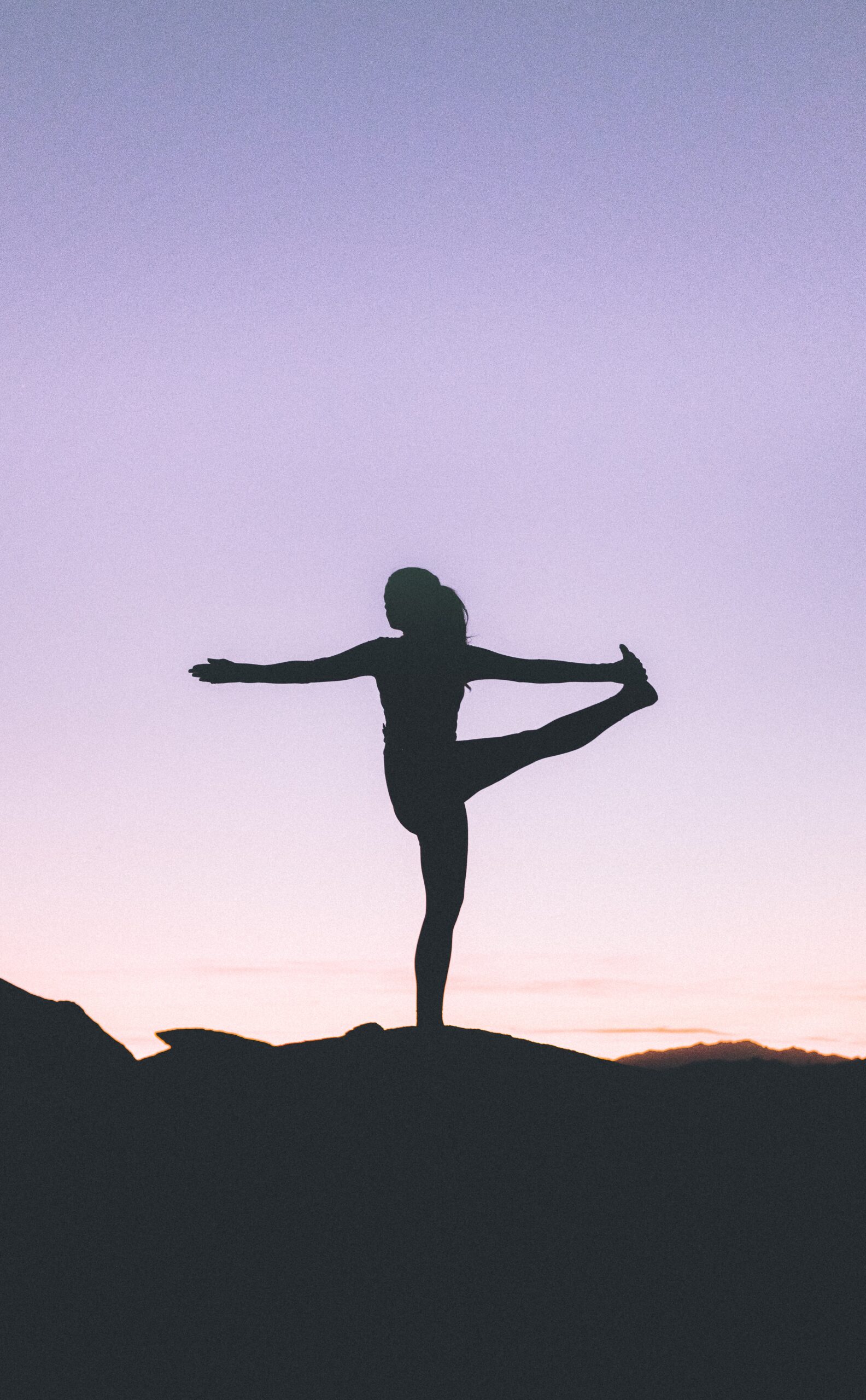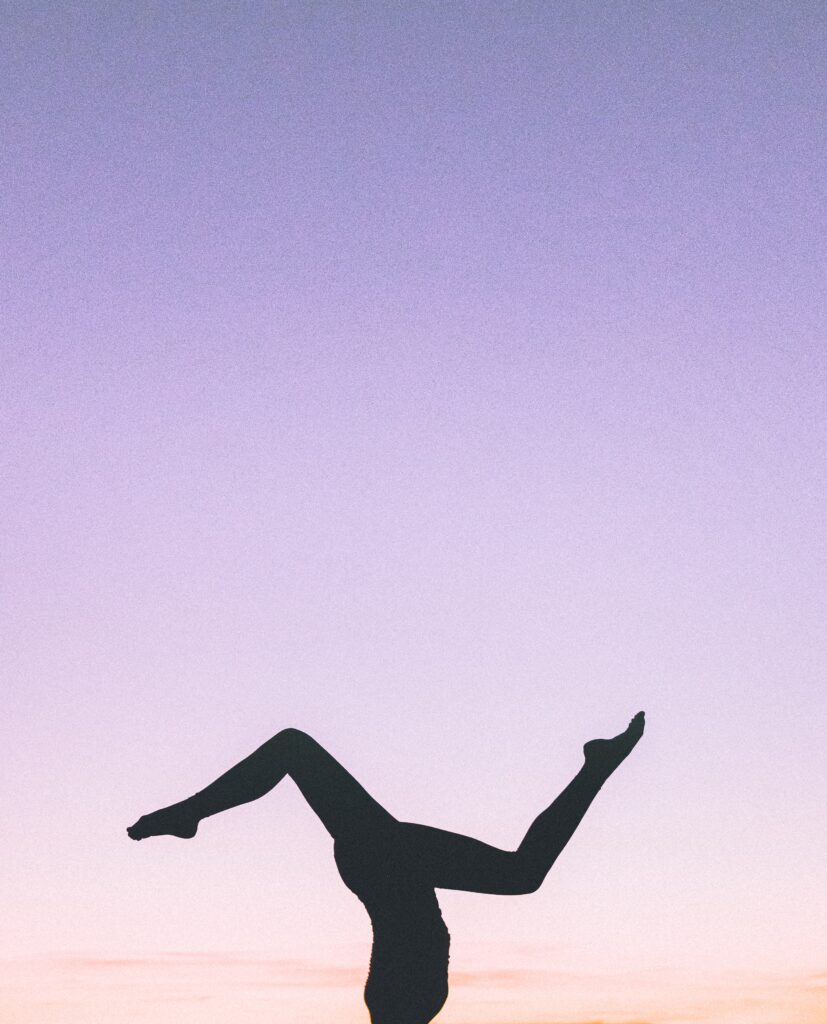DROP-IN
1 class – $15
5 classes – $65
10 classes – $120
20 classes – $200

Vinyasa Yoga is a dynamic and flowing style of Hatha yoga which links breath and movement through a creative series of postures that balance strength and flexibility while cultivating mindfulness through a continuous flow.
Vinyasa is cleansing, heat building and more suitable for the physically active.
Vinyasa yoga is derived and inspired from traditional yoga.
The practice of Vinyasa is more “free” and creative than Ashtanga Yoga, which consists of repeating fixed series of precise postures. Vinyasa yoga is more western, less strict, more dynamic, fast and sportive.
The main nuance is the “Flow”, this fluidity of movement according to the breath and the speed of the postures. Thus, we let ourselves be guided, without thinking, just by concentrating on the movement, its execution and the breathing, which leads to a letting go, a disconnection.
The postures are not fixed, they follow one another without discontinuity like a choreography and the alignments are not necessarily always as precise as in other practices (like Iyengar yoga for example).
The interest is to let yourself be carried by the natural flow of the sequence, almost like a meditation.


The practice of Vinyasa Yoga :
This yoga being more intense and dynamic than the others, it also helps to release, evacuate and find a lightness in the body and the spirit.
Meta 1111 is conveniently located on Queen-Mary street, 5 minutes by foot from Snowdon metro station and close to Highway 15.
BOOK YOUR CLASS